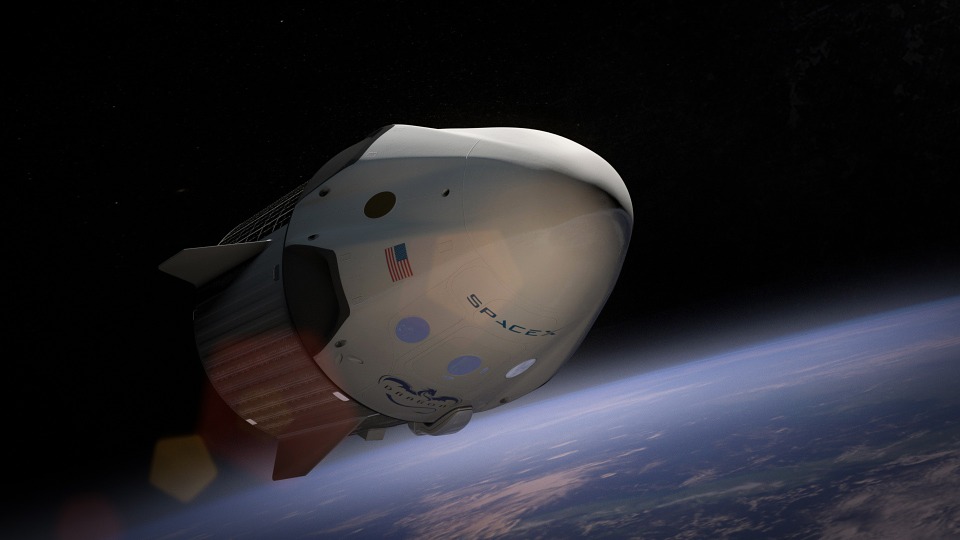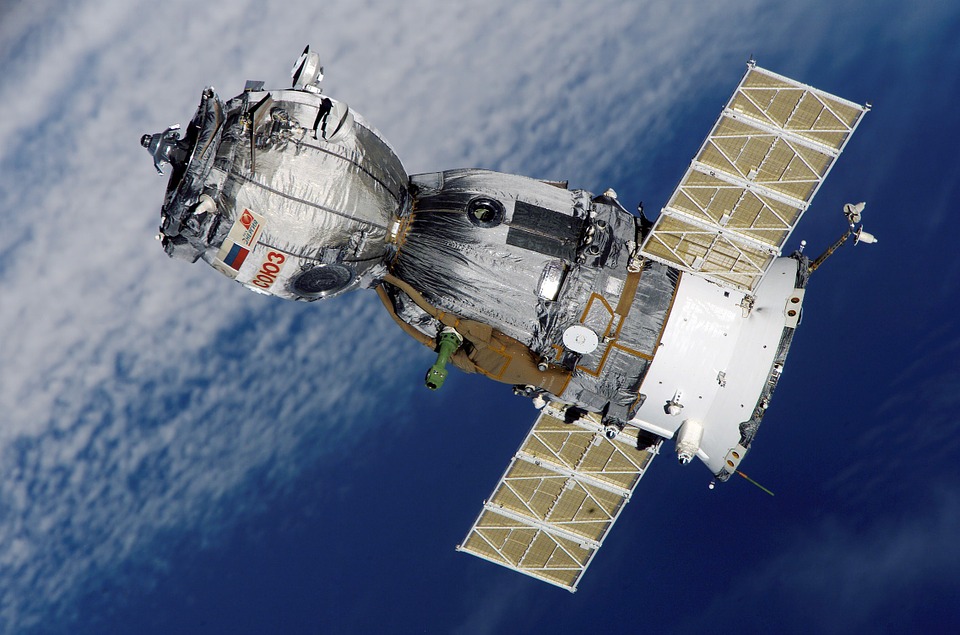When US President Donald Trump announced he was going to launch a new branch of the military, the Space Force, on June 18, Time Editor at Large Jeffrey Kruger wrote it would not and should not happen.
But then in August, Vice President Mike Pence announced plans for a US Space Force as a sixth military service for 2020, and last week it was announced that the Space Force should look to commercial space technology for its inspiration.
Space Force May Look to Musk, Bezos for Inspiration
The new Space Force should look to leverage commercial space technology, according to Deputy Defense Secretary Patrick M. Shanahan, who spoke at the annual Military Reporters & Editors Association conference on October 26.
“In the world of space, before it was an uncontested environment and now it’s a contested environment.”
Shanahan is heading up the Space Development Agency, which is “a joint organization charged with rapidly developing and fielding next-generation capabilities,” according to the “Final Report on Organizational and Management Structure for the National Security Space Components of the Department of Defense.”
“When you think about what has happened in commercial space, and the amount of money that people have spent to develop commercial space technology, it’s this perfect situation where we should leverage that,” said the deputy defense secretary.

The biggest players in commercial space technology include the likes of SpaceX, Blue Origin, and Virgin Galactic.
“It doesn’t mean that we’re going to take commercial space technology and just copy it over.”
If the Department of Defense hasn’t tapped Elon Musk, Jeff Bezos, or Richard Branson yet, it should be knocking on at least one of their doors soon.
According to MarketWatch, Musk’s SpaceX and Bezos’ Blue Origin, “being private companies, are much more agile and ready to take risks, compared with government agencies. Partnering with them will have some of that courage-innovation mix rub off on government counterparts, which can only benefit the industry in the long run.”
Without naming any commercial space companies, Shanahan said that leveraging commercial space technology “doesn’t mean that we’re going to take commercial space technology and just copy it over.”
“So the role I’ve been playing in formulating the Space Development Agency,” he added, “is missile defense agency, the Army with its Army Future Command, the Air Force with things like Joint Stars are all going to use space.”
The next task is to align all of those departments so they don’t try to keep reinventing the wheel.
“The challenge won’t be the technology, the challenge will be how we adopt commonality? How do we develop and deploy standards?”
The Space Development Agency will be the glue that holds all the branches of the military together in the Space Force. This means that they will all have to work together as one and report to the Space Development Agency.
The ‘Need’ for a Space Force and its Technology

The Space Force is a response to the development of new weapons by Russia and China that threaten U.S. satellites. “If the U.S. leaves its space assets vulnerable to these new threats, the likelihood of a conflict increases,” according to Center for International and Strategic studies analyst Todd Harrison in an article on Wired.
Read More: US defense intelligence warns of AI-human hybrid soldiers from China
Shanahan similarly remarked, “In the world of space, before it was an uncontested environment and now it’s a contested environment.”
According to the Director of National Intelligence:
- Russia and China perceive a need to offset any US military advantage derived from military, civil, or commercial space systems and are increasingly considering attacks against satellite systems as part of their future warfare doctrine.
- Both will continue to pursue a full range of anti-satellite (ASAT) weapons as a means to reduce US military effectiveness.
- Some new Russian and Chinese ASAT weapons, including destructive systems, will probably complete development in the next several years.
- Both countries are advancing directed energy weapons technologies for the purpose of fielding ASAT systems … [and] continue to conduct sophisticated on-orbit satellite activities such as rendezvous and proximity operations, which are likely intended to test dual-use technologies with inherent counterspace functionality.
- The global threat of electronic warfare (EW) attacks against space systems will expand in the coming years in both number and types of weapons.
- Development will very likely focus on jamming capabilities against dedicated military satellite communications (SATCOM), Synthetic Aperture Radar (SAR) imaging satellites, and enhanced capabilities against Global Navigation Satellite Systems (GNSS), such as the US Global Positioning System (GPS).
- Blending of EW and cyber-attack capabilities will likely expand in pursuit of sophisticated means to deny and degrade information networks.
Marine Corps Gen. Joe Dunford said that operationally, Russia and China are developing capabilities to counter the U.S. advantages and that these are real threats and include anti-space capabilities, among others.
Read More: DARPA envisions soldiers swarming with 250 robots simultaneously in urban combat
“In order for us to be successful as the U.S. military, we’ve got to be able to project power to an area … and then once we’re there we’ve got to be able to freely maneuver across all domains … sea, air, land, space, and cyberspace,” said Dunford.
Space Force Components and Challenges

Now that the Space Force looks to become a reality, how is it being formed and what are some of the challenges that it faces?
The new Space Force will have three components, according to Shanahan.
“When I think about the Space Force itself, I segment it into really three categories. There’s the Space Operations, so think about Space Command,” said Shanahan.
“Then there’s the component that actually develops the capabilities and the technologies that the Space Command or the Space Operators utilize. Then we have headquarters and those types of functions.”
The latter is used for resources, training, and overhead.
The most critical path for Shanahan has to do with “capability,” which involves not only developing the technology, but making sure that all the components work together so the same type of work isn’t duplicated.
“So when we talk about the Space Development Agency, it gets after ‘how as a government do we develop and field the capability more quickly?'”
“It’s less about what are those technologies, but how do you organize engineering and how do you align the department so that we don’t solve the same problem multiple times?”
From another point of view, perhaps the biggest challenge to the Space Force is the budget.
According to a report in Defense One and The Verge, “Standing up the Pentagon’s new Space Force will cost nearly $13 billion over five years,” and “no one can agree how to structure it.”










